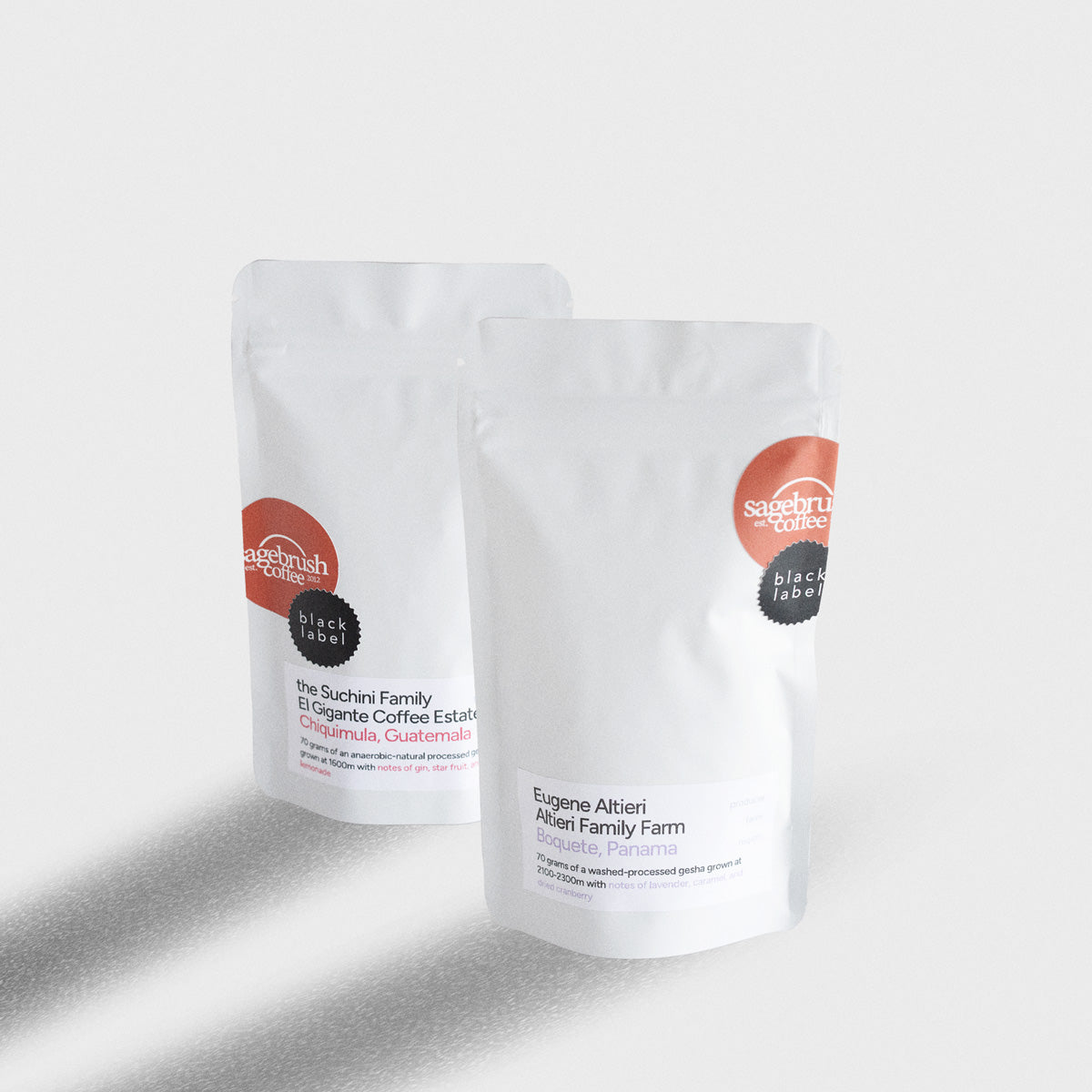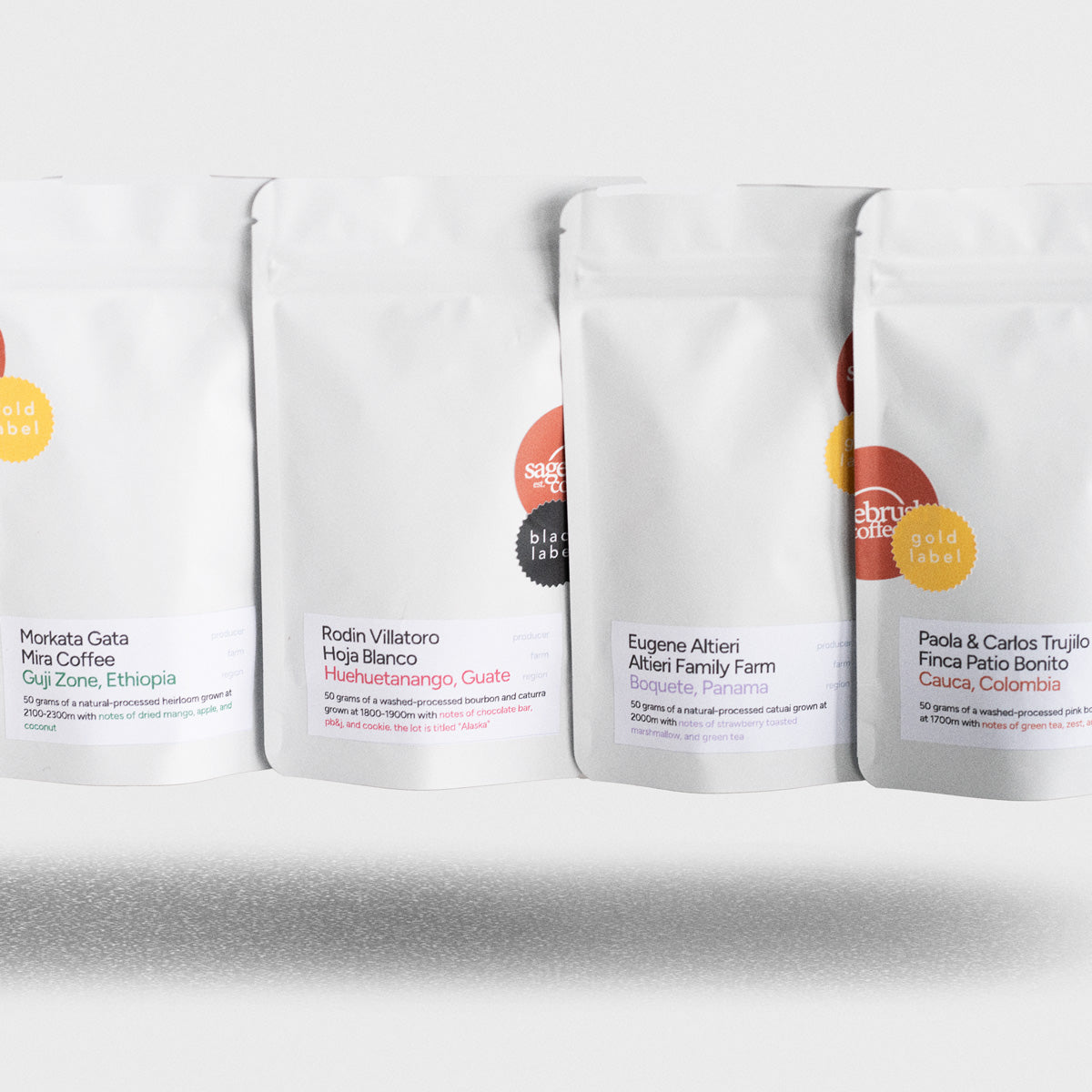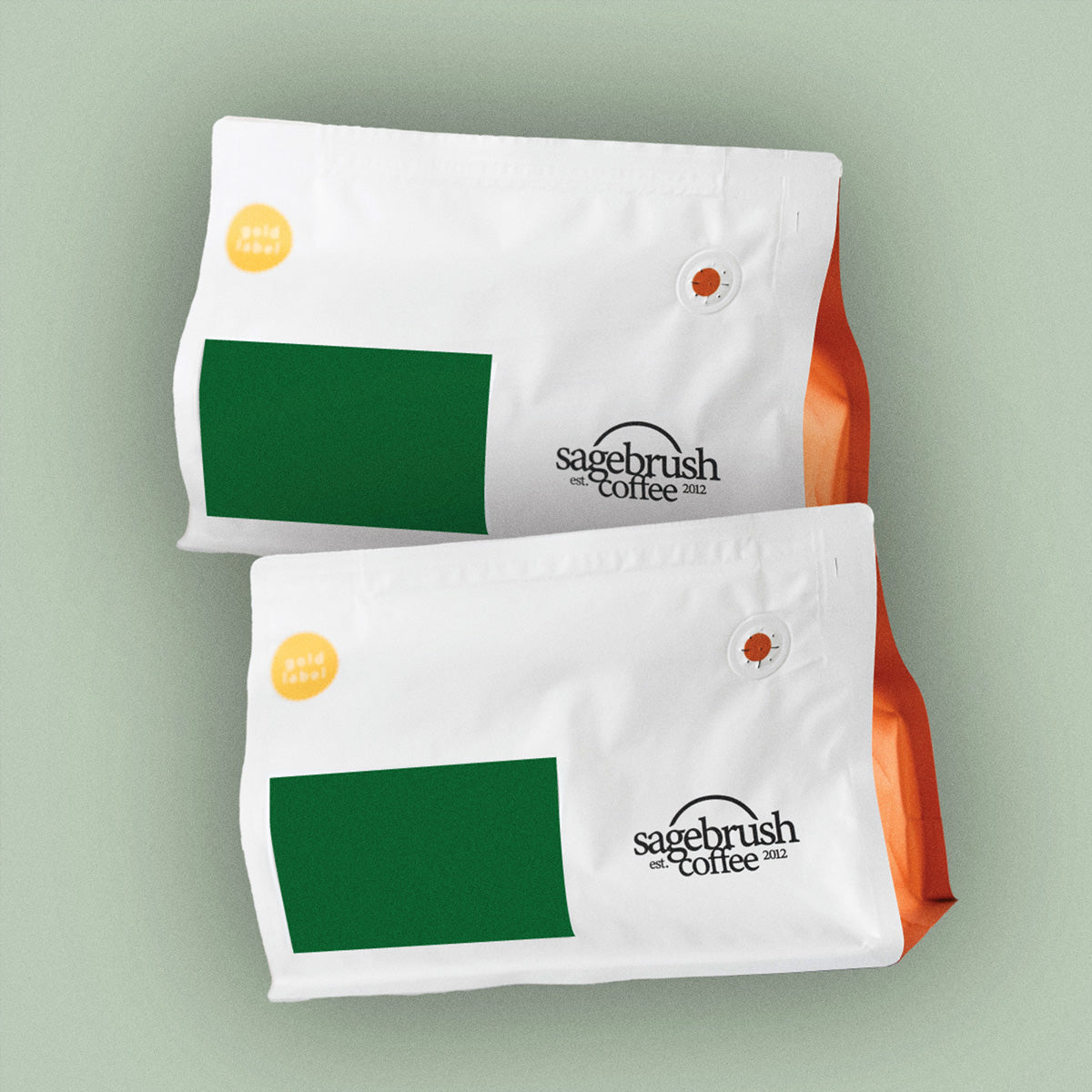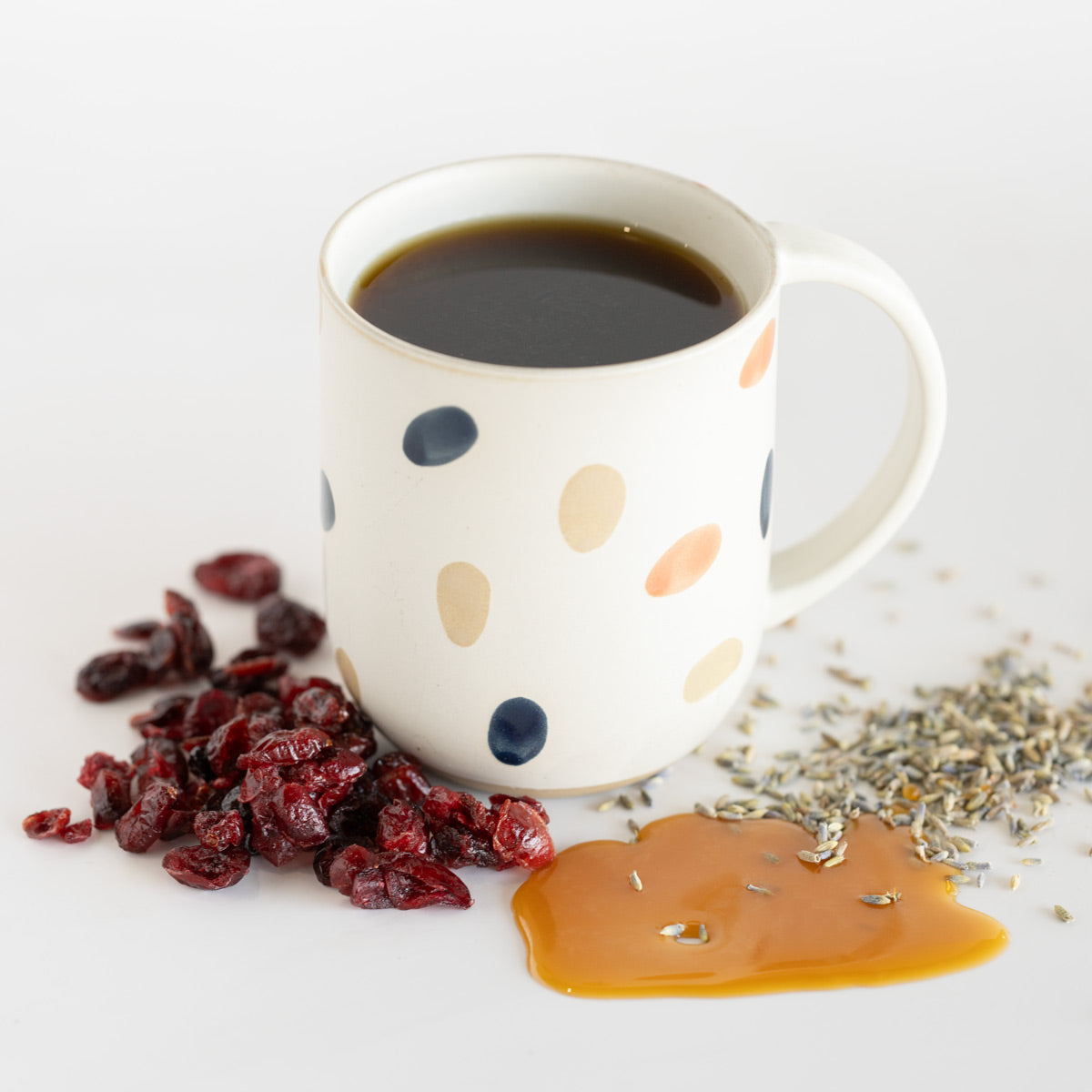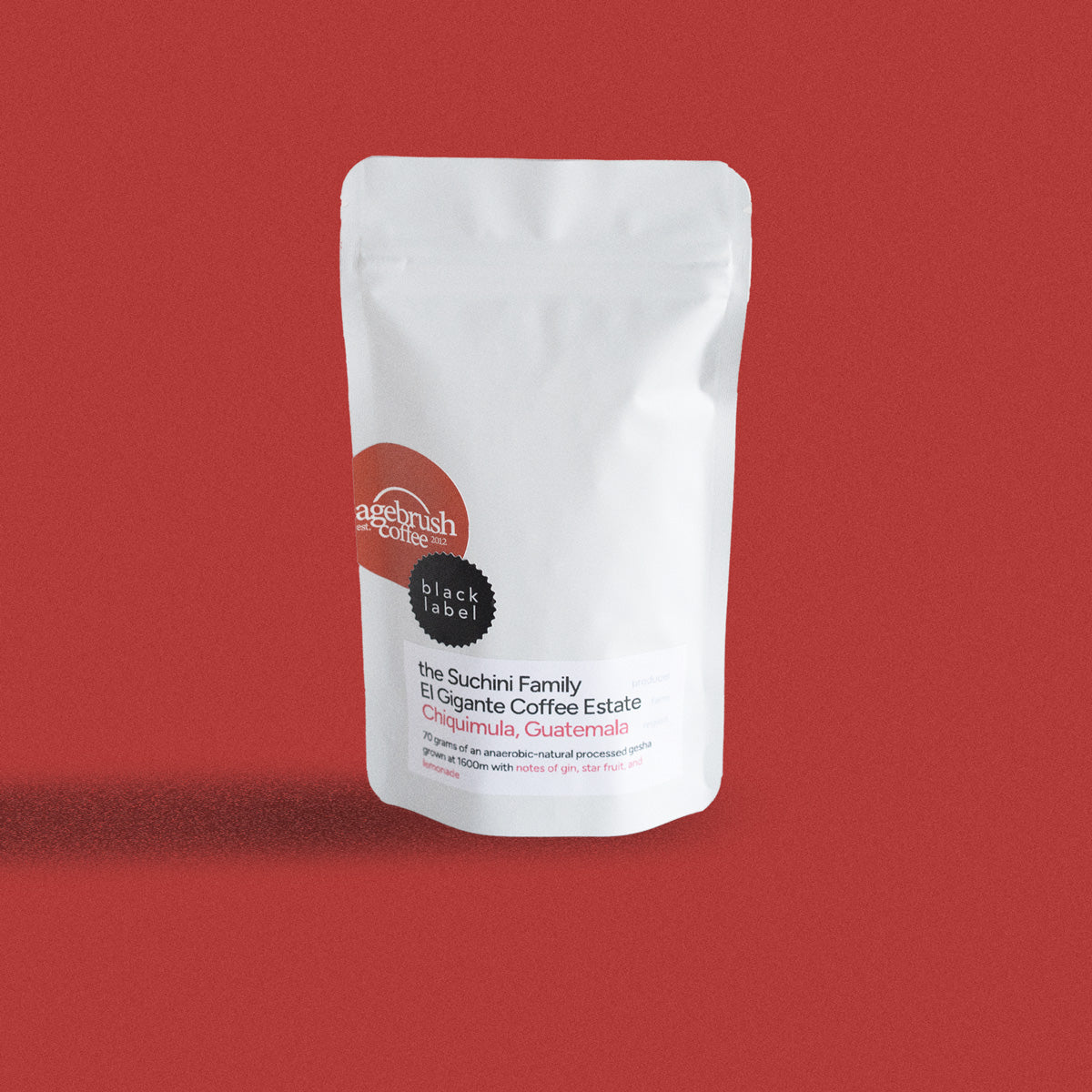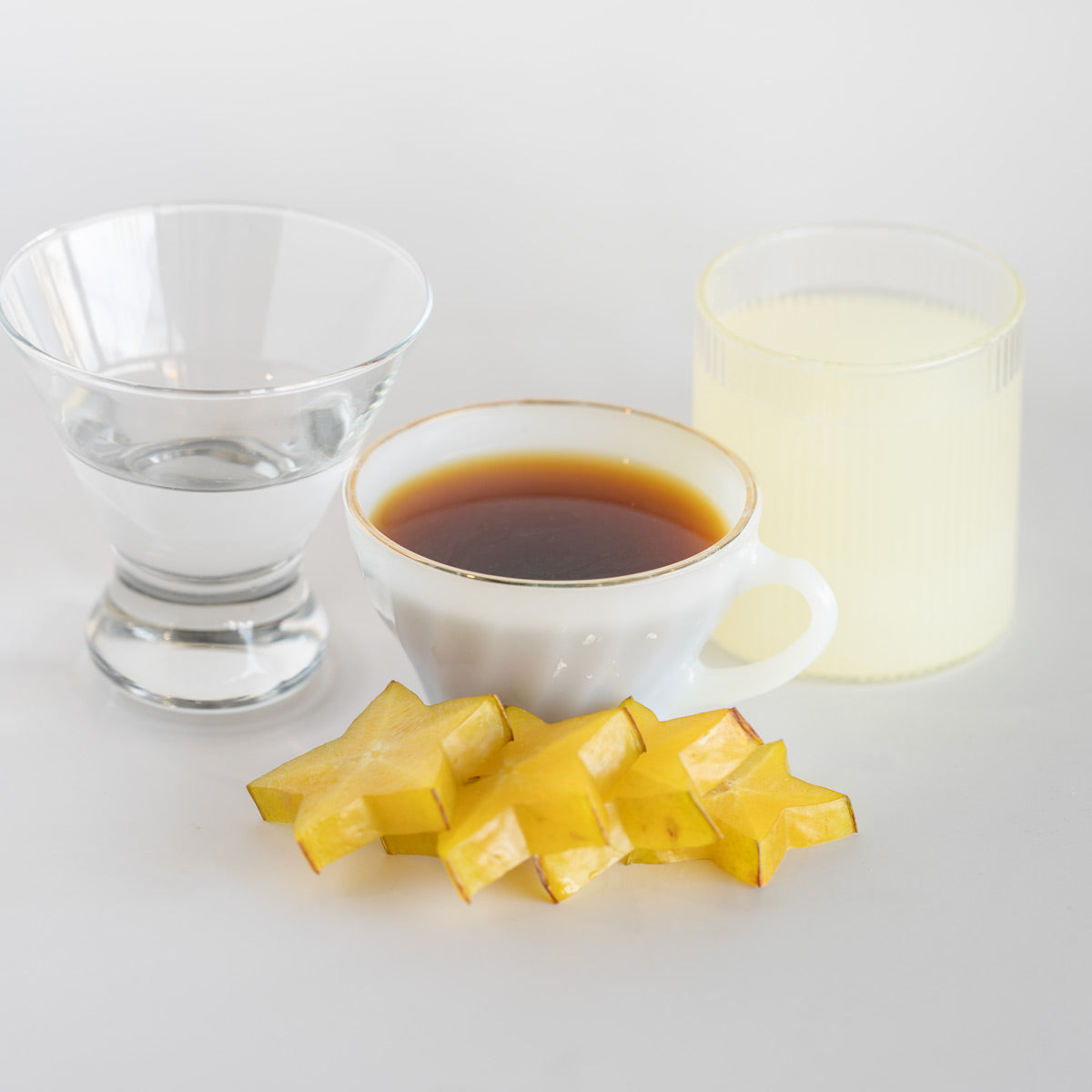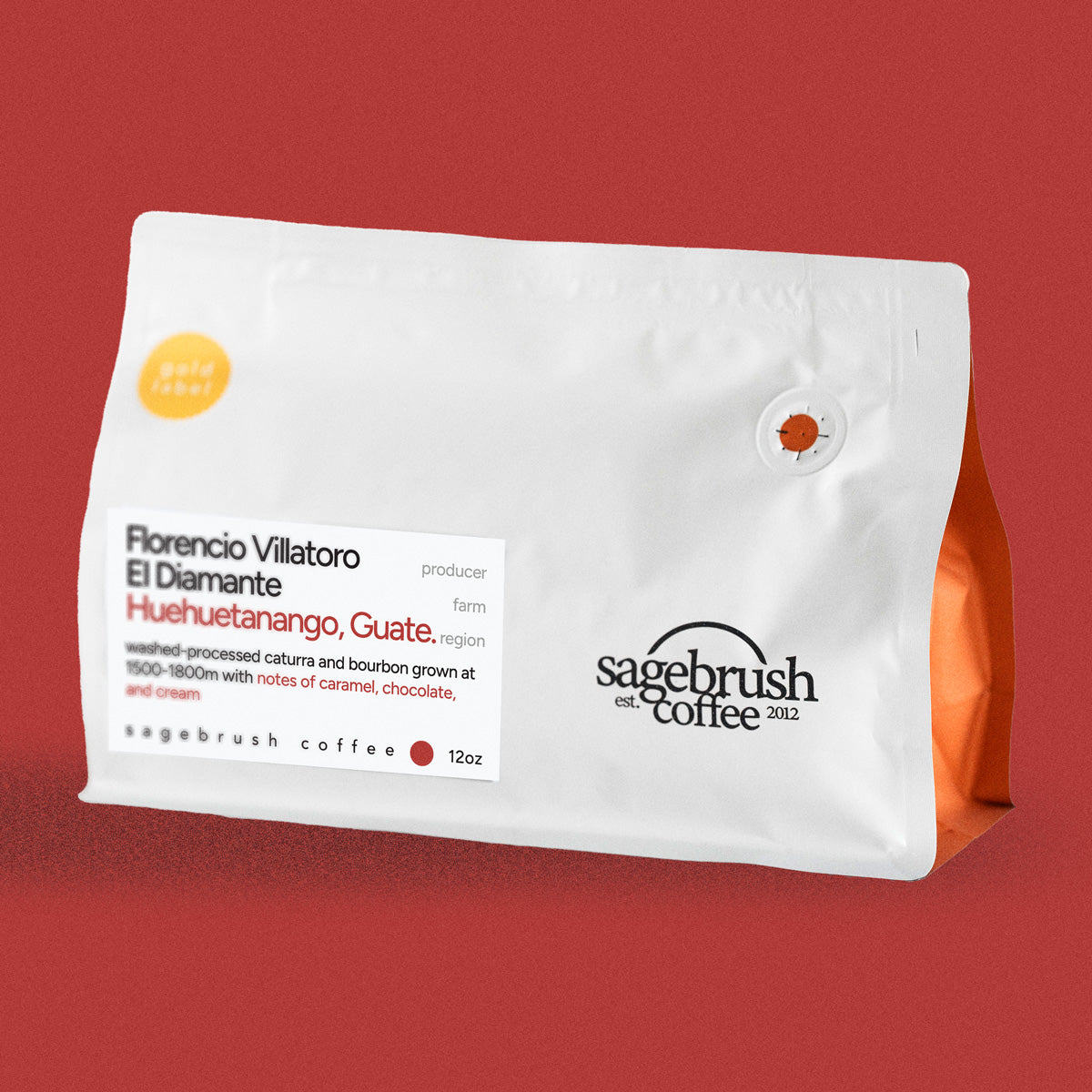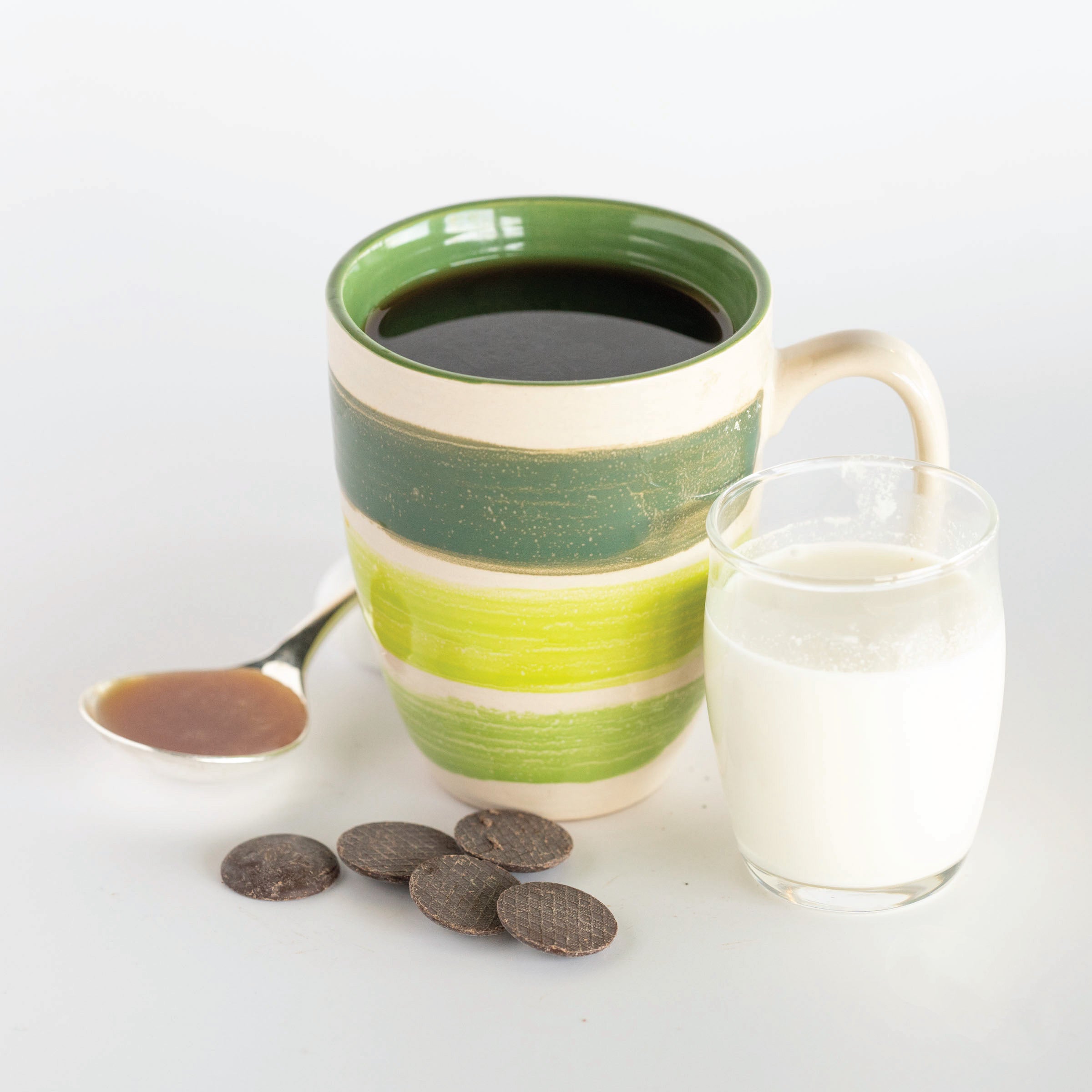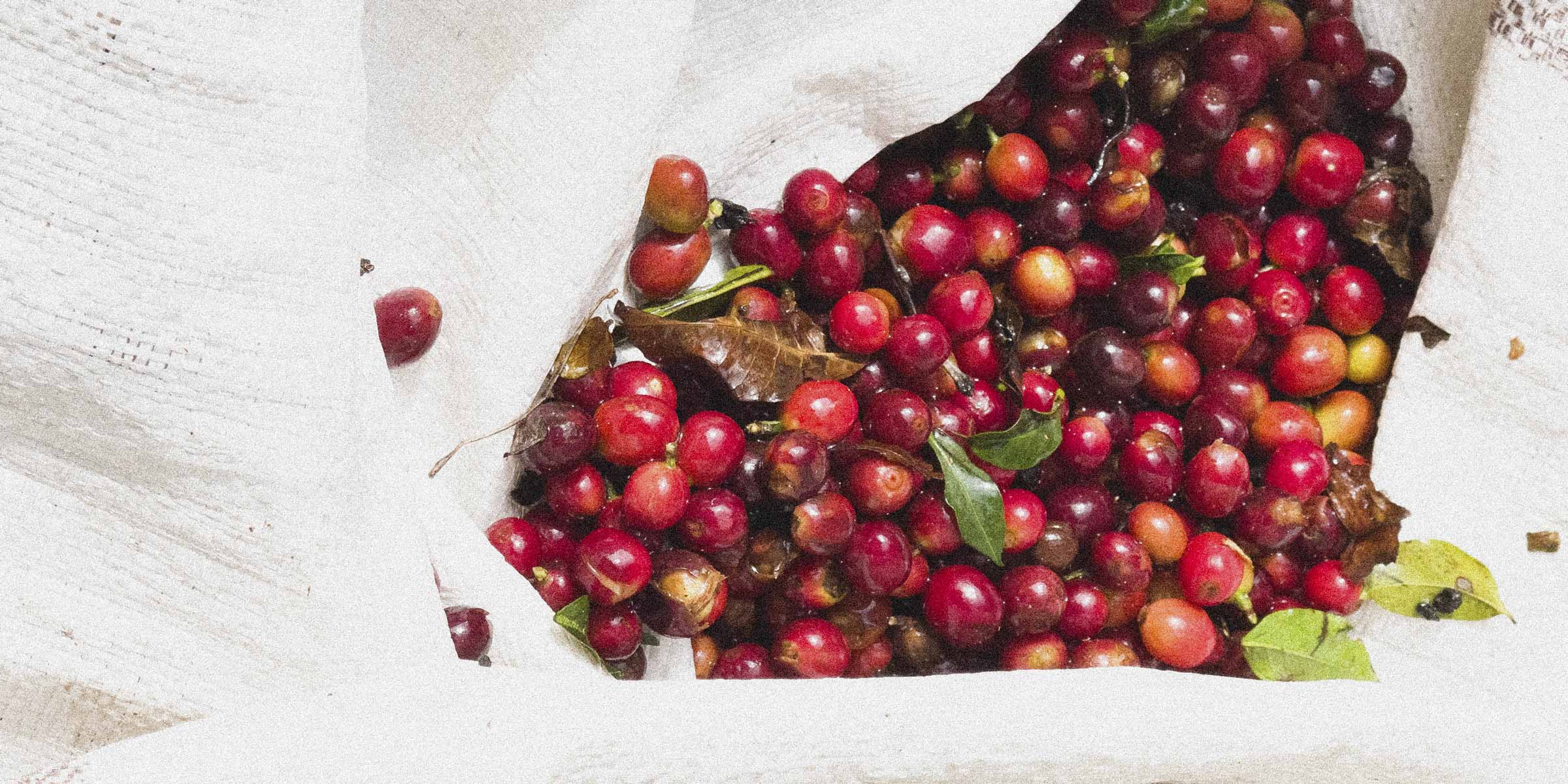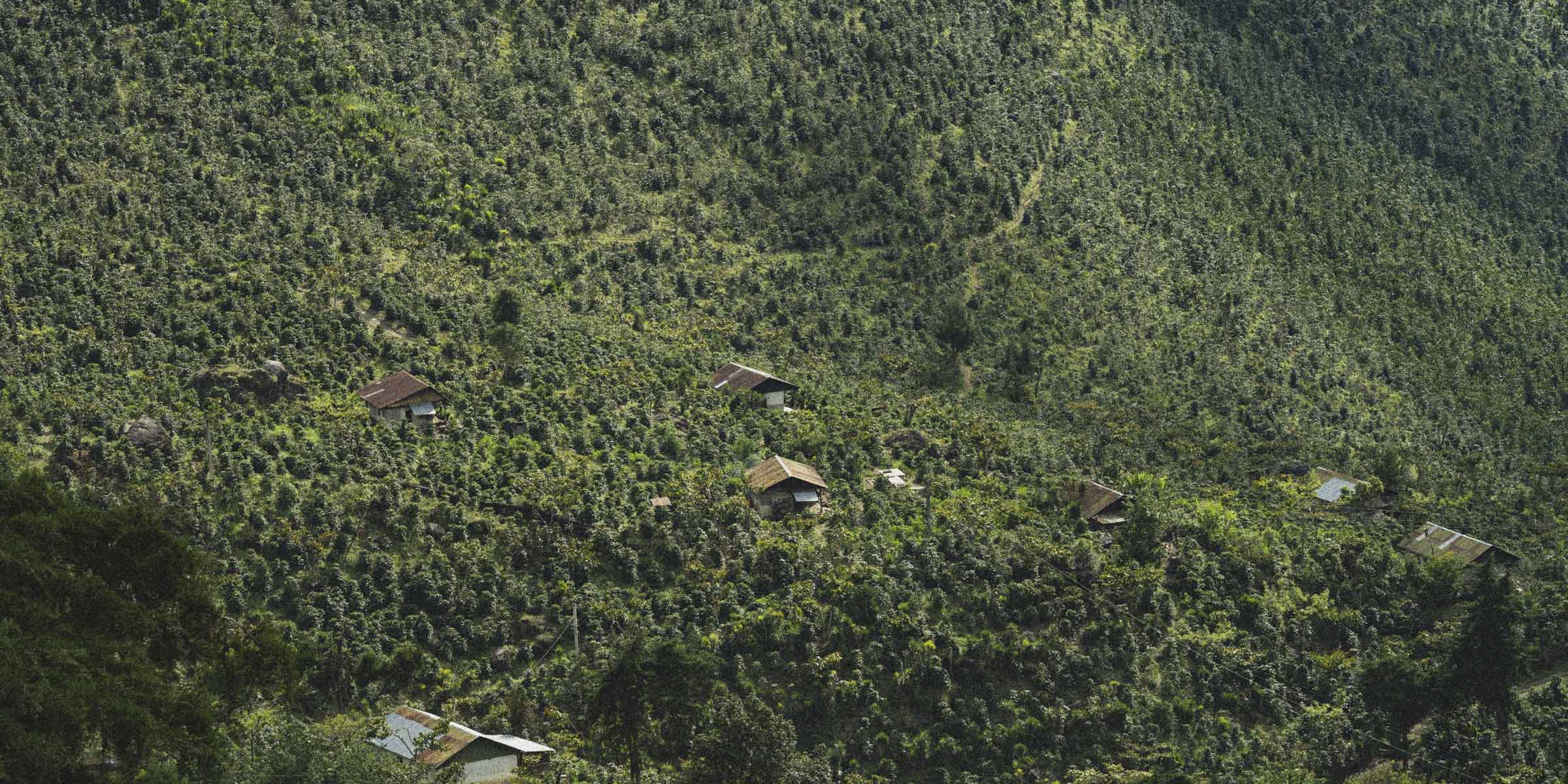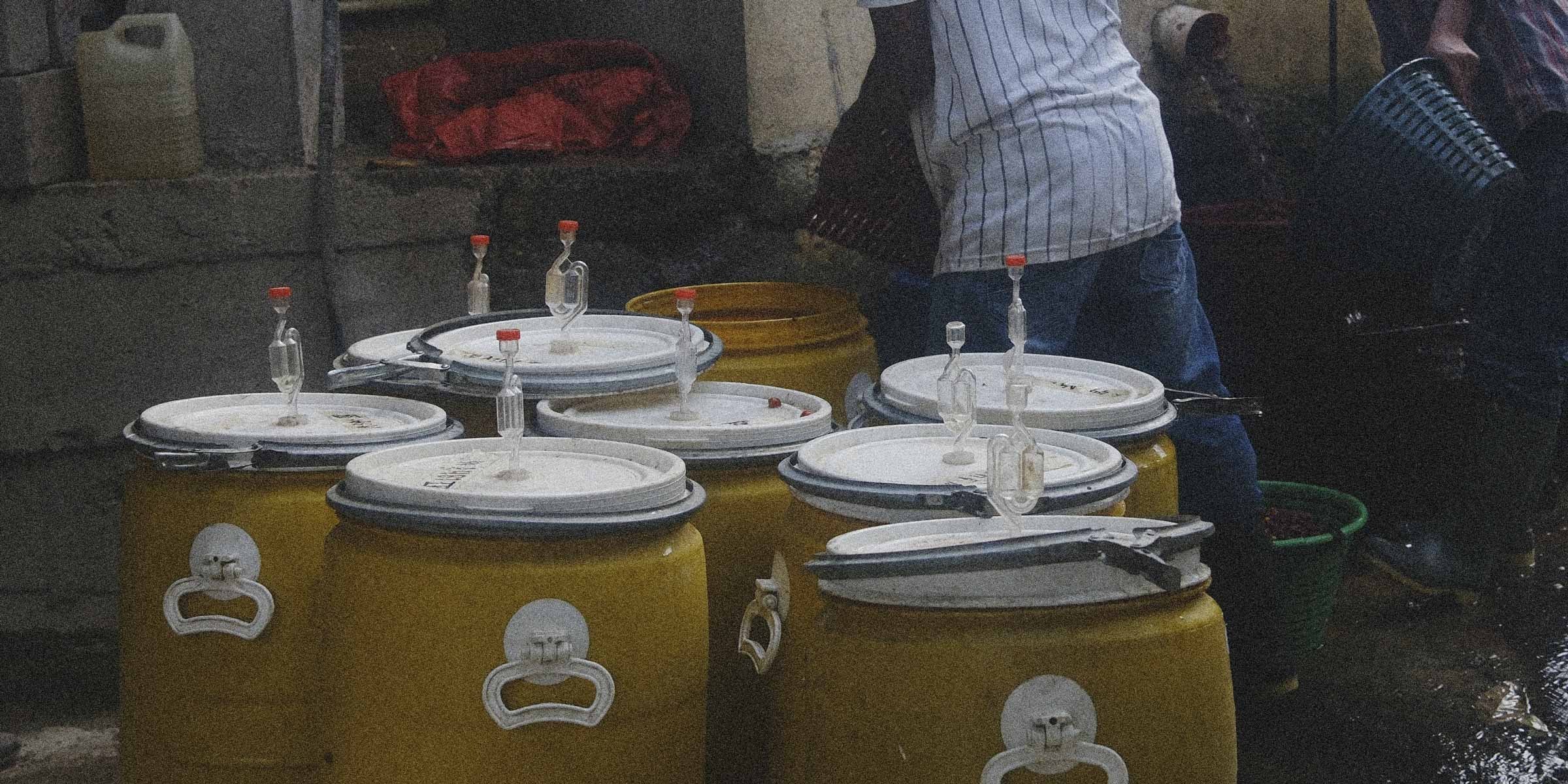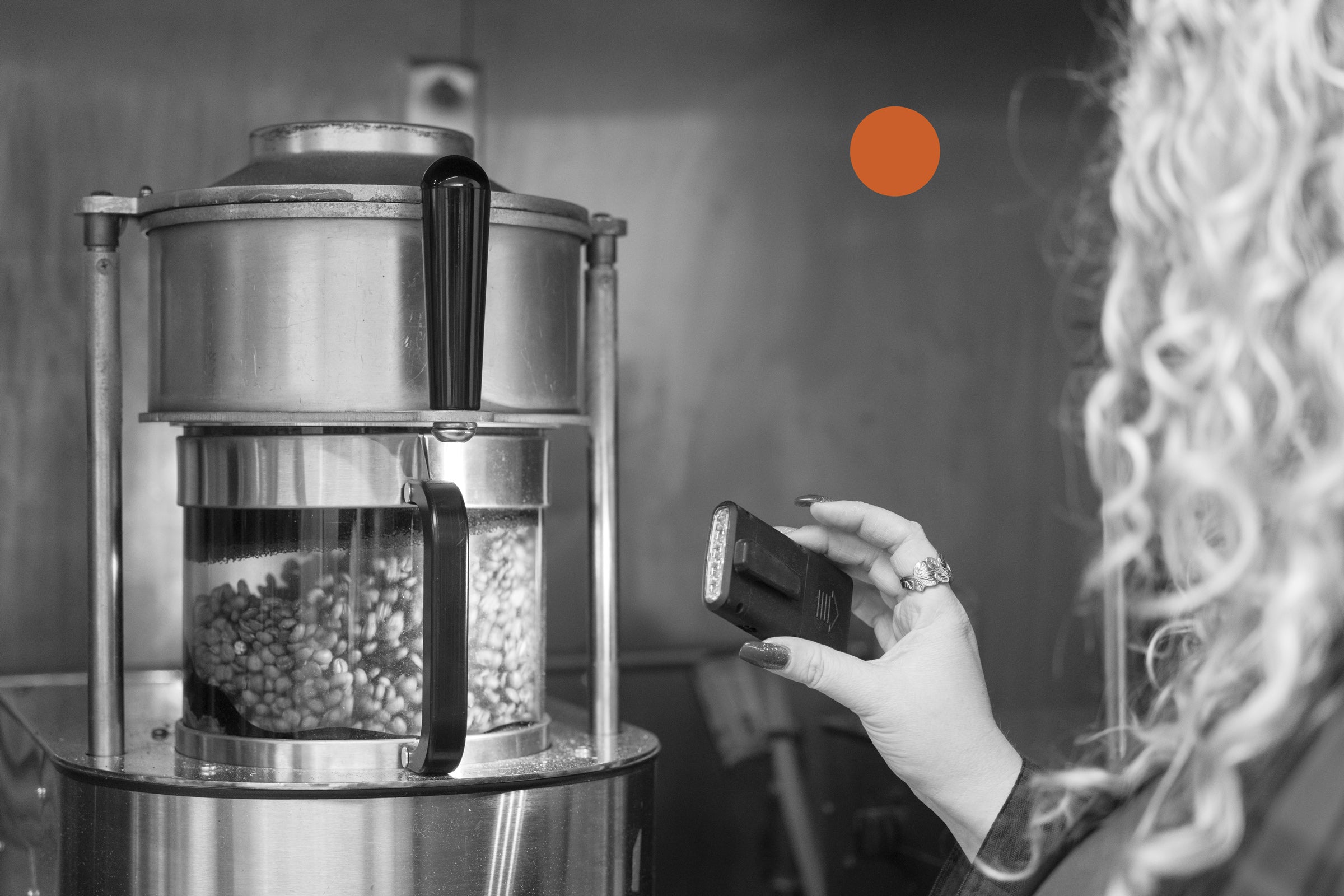
As the specialty coffee industry has grown and people’s knowledge of coffee has increased, the differences in coffee have risen to the top of people’s minds. It is well known that there are flavor differences depending on a coffee's origin. These differences are especially highlighted in coffees from South or Central America and Africa. In general, South and Central American coffees tend to be rich in nutty and chocolatey flavor notes. On the other hand, African coffees are known for their bright, floral, and fruity notes.
In addition to a coffee's origin though, there are many other components that affect how a coffee will taste. These include variety, elevation, climate, processing method, and roast method. Let's take a deeper look at some of these components and how they vary from region to region.
Variety
First of all, what is a coffee variety? A variety is a variation of the Coffea Arabica plant. The coffee cherry has subsets of plants, each with its own characteristics. Coffee varieties have a tight-knit parallel to something like apple varieties. Granny Smith, Fuji, and Red Delicious are all apples, but each variety has its own unique physical characteristics, color, shape, and most importantly; flavor profile. Coffee is the exact same way. Bourbon, Pacamara, and Geisha varieties are all Arabica cherries, but each has its own subset of differences.
Some varieties are found more commonly in certain regions and tend to favor their specific climate. The Bourbon variety, for example, is known for being found all over South and Central America. It can be found in Africa too, but has become most popular in Latin America.
Elevation
Most Arabica beans are grown in high elevations, but there is still some variation within this. Kenyan coffee, for example, is often grown and processed at lower levels and therefore elevation isn't always an indication of quality for it. Kenyan coffee professionals have a unique coffee grading system and process coffee so well, that a lower elevation doesn’t appear to impact the quality of their coffee in a negative way. Don’t let elevation alone be the deciding factor in selecting coffee. Yes, higher elevations are known for producing excellent coffee, but good farming practices and other factors can easily make up for lower elevations in some parts of the world.
Climate
Almost all coffee is grown within what we call the 'coffee belt'. The coffee belt is a region that essentially stretches across the equator and makes for the perfect coffee farming conditions. The climate in the coffee belt is pretty consistent. Since the belt is right along the equator, each region within the belt is known for its warm temperatures. Additionally, rainfall in the African stretch of the coffee belt is pretty similar to rainfall in the South and Central American stretch. These consistent, warm, climates in the coffee belt are what make the regions within it fit to grow excellent coffee.
Another climate-related factor that can contribute to the quality of a coffee crop is volcanic soil. Volcanic soil is fantastic for growing coffee because it is packed with rich nutrients that help make an extremely fertile crop. If you look at the East African Rift, there’s a series of volcanoes that run through Ethiopia, Kenya, and all the way to Tanzania. Some of the best African coffees come from these regions known for having volcanic activity.
Processing
Processing methods have really expanded in the last 10 years or so. For a long time, there was just wet or dry processing. Now, there are many new techniques like the honey process, hydro honey, and fermented processing. If you would like more details about different coffee processes, check out our Hydro-Honey Process blog. There’s a brief summary of the most popular coffee processes and how the hydro-honey process blends them all together.
Roast
There is a sweet spot when it comes to roast levels that can vary between region and batch. There is usually a recommended roast level depending on the region and flavor notes of a bean. Roast levels, just like processing methods, can have a very noticeable impact on the flavor of a coffee.
With all of these variables that can affect the taste of a coffee, it doesn't and shouldn't ever taste the same. The differences in flavor represent the origin of a bean, its variety, the elevation it was grown in, the climate it was grown in, the way it was processed, and the way it was roasted. Even though South American coffees are known for their nutty and chocolatey flavor notes, you may find a Colombian coffee that has a really flavorful and unique fruity note in it as well. This is because all these varieties contribute to its taste, not just the origin.
There is so much more we now know about coffee than we did 20 years ago. Because of this, we can all make more informed decisions about why one coffee tastes better than another. Personal preference is always the best way to pick your favorite. Whether you roast at home or buy roasted coffee, what is your favorite?




